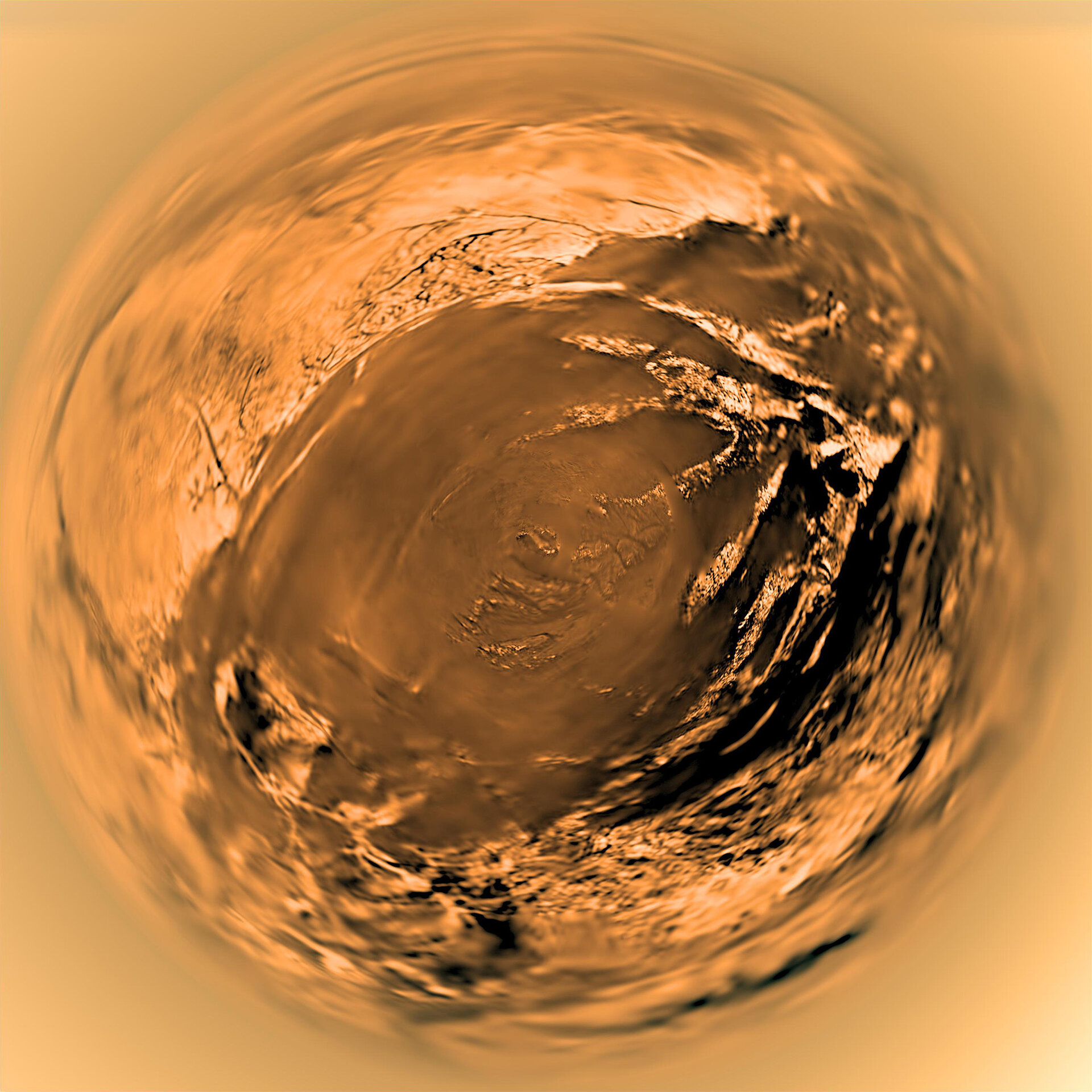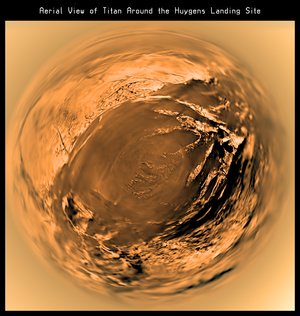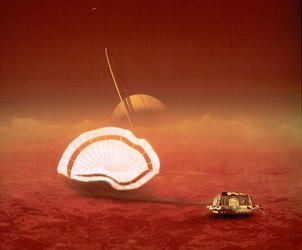Accept all cookies Accept only essential cookies See our Cookie Notice

About ESA
The European Space Agency (ESA) is Europe’s gateway to space. Its mission is to shape the development of Europe’s space capability and ensure that investment in space continues to deliver benefits to the citizens of Europe and the world.
Highlights
ESA - United space in Europe
This is ESA ESA facts Member States & Cooperating States Funding Director General Top management For Member State Delegations European vision European Space Policy ESA & EU Space Councils Responsibility & Sustainability Annual Report Calendar of meetings Corporate newsEstablishments & sites
ESA Headquarters ESA ESTEC ESA ESOC ESA ESRIN ESA EAC ESA ESAC Europe's Spaceport ESA ESEC ESA ECSAT Brussels Office Washington OfficeWorking with ESA
Business with ESA ESA Commercialisation Gateway Law at ESA Careers Cyber resilience at ESA IT at ESA Newsroom Partnerships Merchandising Licence Education Open Space Innovation Platform Integrity and Reporting Administrative Tribunal Health and SafetyMore about ESA
History ESA Historical Archives Exhibitions Publications Art & Culture ESA Merchandise Kids Diversity ESA Brand CentreLatest
Space in Member States
Find out more about space activities in our 23 Member States, and understand how ESA works together with their national agencies, institutions and organisations.
Science & Exploration
Exploring our Solar System and unlocking the secrets of the Universe
Go to topicAstronauts
Missions
Juice Euclid Webb Solar Orbiter BepiColombo Gaia ExoMars Cheops Exoplanet missions More missionsActivities
International Space Station Orion service module Gateway Concordia Caves & Pangaea BenefitsLatest
Space Safety
Protecting life and infrastructure on Earth and in orbit
Go to topicAsteroids
Asteroids and Planetary Defence Asteroid danger explained Flyeye telescope: asteroid detection Hera mission: asteroid deflection Near-Earth Object Coordination CentreSpace junk
About space debris Space debris by the numbers Space Environment Report In space refuelling, refurbishing and removingSafety from space
Clean Space ecodesign Zero Debris Technologies Space for Earth Supporting Sustainable DevelopmentLatest
Applications
Using space to benefit citizens and meet future challenges on Earth
Go to topicObserving the Earth
Observing the Earth Future EO Copernicus Meteorology Space for our climate Satellite missionsCommercialisation
ESA Commercialisation Gateway Open Space Innovation Platform Business Incubation ESA Space SolutionsLatest
Enabling & Support
Making space accessible and developing the technologies for the future
Go to topicBuilding missions
Space Engineering and Technology Test centre Laboratories Concurrent Design Facility Preparing for the future Shaping the Future Discovery and Preparation Advanced Concepts TeamSpace transportation
Space Transportation Ariane Vega Space Rider Future space transportation Boost! Europe's Spaceport Launches from Europe's Spaceport from 2012Latest

View over an alien world
Thank you for liking
You have already liked this page, you can only like it once!
At first glance, this scene may look like a reptilian eye or a textured splash of orange paint, but it is actually a fish-eye view of Saturn’s moon Titan. It was acquired at a height of about 5 km as ESA’s Huygens probe, part of the international Cassini–Huygens mission, descended through Titan’s atmosphere before landing.
In the late afternoon of 14 January 2005, engineers and scientists at ESA’s ESOC operations centre in Darmstadt, Germany, waited anxiously for data to arrive from Huygens, which touched down on Titan at around 12:34 GMT – the most distant landing of any craft.
Following its release from NASA’s Cassini on 25 December, Huygens reached Titan’s outer atmosphere after 20 days and a 4 million km cruise. The probe started its descent through Titan’s hazy cloud layers from an altitude of about 1270 km at 10:13 GMT. During the following three minutes Huygens decelerated from 18 000 km/h to 1400 km/h.
A sequence of parachutes then slowed it down to less than 300 km/h. At a height of about 160 km the probe’s scientific instruments were exposed to Titan’s atmosphere. Around 120 km, the main parachute was replaced by a smaller one to complete the descent.
The probe began transmitting data to Cassini four minutes into its descent and continued to transmit after landing at least as long as Cassini was above Titan’s horizon. The signals, relayed by Cassini, were picked up by NASA’s Deep Space Network and delivered immediately to ESOC. The first science data arrived at 16:19 GMT.
Huygens was humankind’s first attempt to land a probe on another world in the outer Solar System. “This is a great achievement for Europe and its US partners in this ambitious international endeavour to explore Saturn system,” said Jean-Jacques Dordain, then ESA’s Director General.
This image is a stereographic (fish-eye) projection taken with the descent imager/spectral radiometer on Huygens.
More information and a high-res TIFF version of the image is available at the NASA JPL website.
-
CREDIT
ESA/NASA/JPL/University of Arizona -
LICENCE
ESA Standard Licence

Fish-eye image of Titan’s surface

Stereographic view of Titan’s surface

Huygens’ fish-eye view of Titan

Huygens’ fish-eye view of Titan















 Germany
Germany
 Austria
Austria
 Belgium
Belgium
 Denmark
Denmark
 Spain
Spain
 Estonia
Estonia
 Finland
Finland
 France
France
 Greece
Greece
 Hungary
Hungary
 Ireland
Ireland
 Italy
Italy
 Luxembourg
Luxembourg
 Norway
Norway
 The Netherlands
The Netherlands
 Poland
Poland
 Portugal
Portugal
 Czechia
Czechia
 Romania
Romania
 United Kingdom
United Kingdom
 Slovenia
Slovenia
 Sweden
Sweden
 Switzerland
Switzerland
























